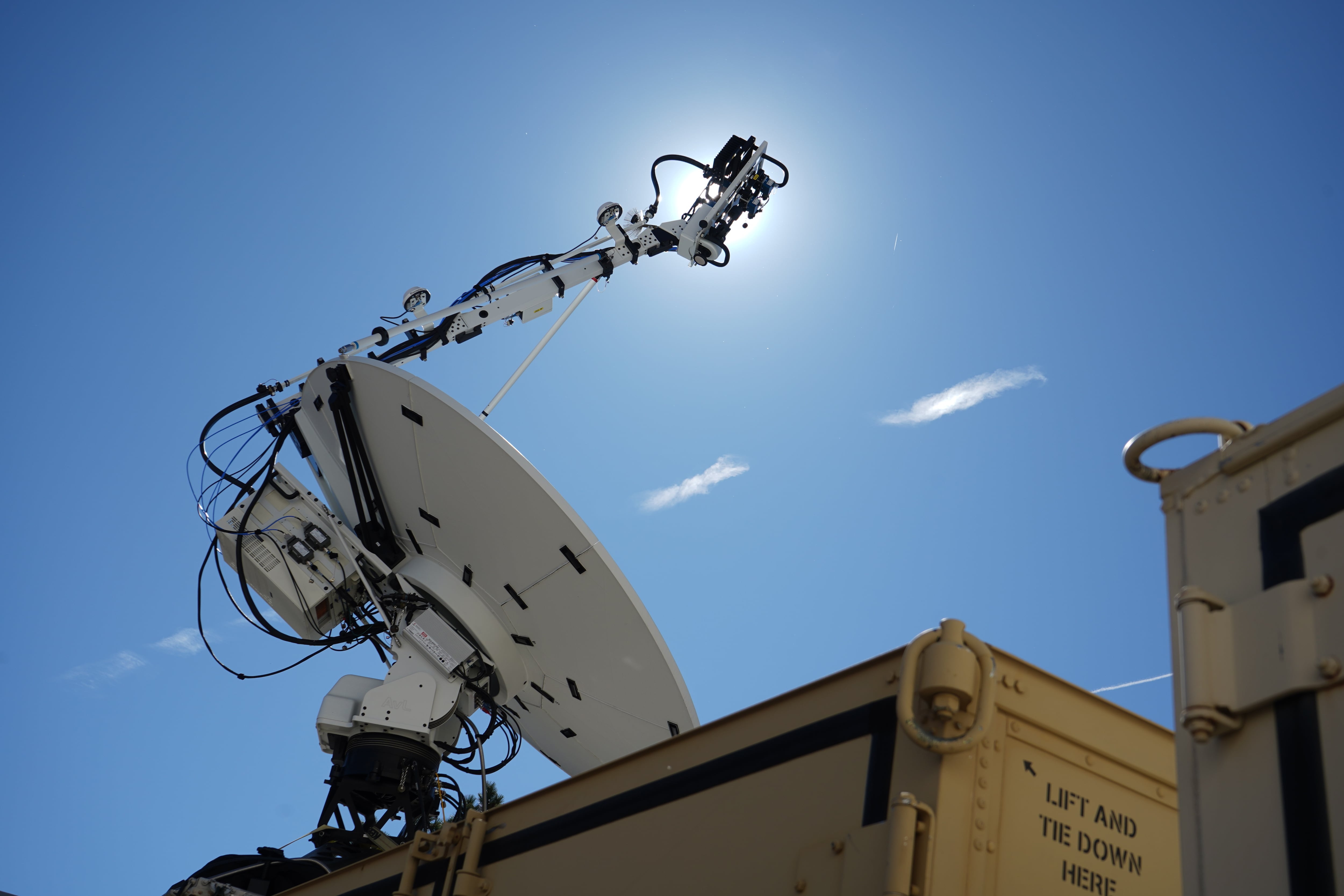Over and over cybersecurity officials in the civilian government, the intelligence community and the Department of Defense say the same platitude: information sharing is important. Often, however, little insight, or metrics, back up exactly how well they are doing it. But a new joint report from inspectors general across the government found that information sharing among the intelligence community and the rest of government “made progress.”
The report, titled “Unclassified Joint Report on the Implementation of the Cybersecurity Information Sharing Act of 2015” and released Dec. 19, found that cybersecurity threat information sharing has improved throughout government over the last two years, though some barriers remain, like information classification levels.
Information sharing throughout government has improved in part because of security capability launched by the Office of the Director of National Intelligence’s Intelligence Community Security Coordination Center (IC SCC) that allowed the ODNI to increase cybersecurity information all the way up to the top-secret level. The capability, called the Intelligence Community Analysis and Signature Tool (ICOAST), shares both indicators of compromise and malware signatures that identify the presence of malicious code. According to the report, the information from the platform is available to “thousands” of users across the IC, DoD and civilian government.
Information sharing within the IC has also improved due to the creation of several websites within its top-secret networks that contain threat indicators and several different types of summary reports on cyber activity and vulnerabilities.
Securing classified information
Technological change is molding the future of information sharing within the government. With the rise of cloud computing at various classification levels throughout the government, the IC SCC told IGs that it plans to expand the ICOAST threat intel capability to work in secret and unclassified clouds. That is in the “planning and development" stages, according the report.
“At the secret and unclassified levels, the ICOAST instances will interface with multiple DoD components and other federal entities that have the responsibility for distributing cyberthreat information to federal, state and local entities and the private sector,” the IGs wrote.
According to the report, an IC SCC official told the IGs that they wanted to deploy ICOAST in those environments by the end of calendar year 2019. A spokesperson for the ODNI didn’t immediately respond to a question about the availability of ICOAST.
The IC SCC is also working with the Department of Homeland Security’s cybersecurity arm, the Cybersecurity and Infrastructure Security Agency, to improve information within CISA’s threat intelligence platform, Automated Indicator Sharing (AIS), for integration with ICOAST.
Barriers to sharing
Though the government has made marked improvements in its info sharing, the IG noted several ongoing challenges to better information sharing.
CISA’s AIS solution, a system through which the federal government and the private sector can share threat intelligence in near-real time, has its own participation challenges. In December 2018, the IGs found, there were 252 federal and non-federal organizations signed up for AIS. But in June 2019, only four agencies and six non-federal entities were using the platform for information sharing. DHS told auditors that the lack of participation hindered improvement.
“DHS reported that the limited number of participants who input cyberthreat information to AIS is the main barrier for DHS to improve the quality of the indicators with more actionable information to mitigate potential cyberthreats,” the IGs wrote.
The most common complaint was that AIS threat information lacked proper context to be actionable, a complaint similar to that heard from state governments receiving threat intelligence from DHS and the FBI during the 2016 election. Therefore, cybersecurity officials at several agencies couldn’t “determine why the indicator was an issue.”
“As a result, the entities did not know what actions to take based on the information received from AIS without performing additional research,” the IGs wrote.
CISA officials told the IGs that they were working on improving the quality of information with AIS.
Meanwhile, agencies also noted that the classification levels of certain threat intelligence prevented widespread info sharing. Aside from officials lacking proper clearance being prevented from viewing certain information, auditors also noted that classified threat information couldn’t be uploaded into the sharing platforms that aren’t cleared for storing that information, further hampering sharing efforts. Some agencies have worked with the owners to downgrade the classification level, according to the report.
“Sharing cyberthreat indicators and defensive measures increases the amount of information available for defending systems and networks against cyberattacks,” the IGs wrote.
Andrew Eversden covers all things defense technology for C4ISRNET. He previously reported on federal IT and cybersecurity for Federal Times and Fifth Domain, and worked as a congressional reporting fellow for the Texas Tribune. He was also a Washington intern for the Durango Herald. Andrew is a graduate of American University.








